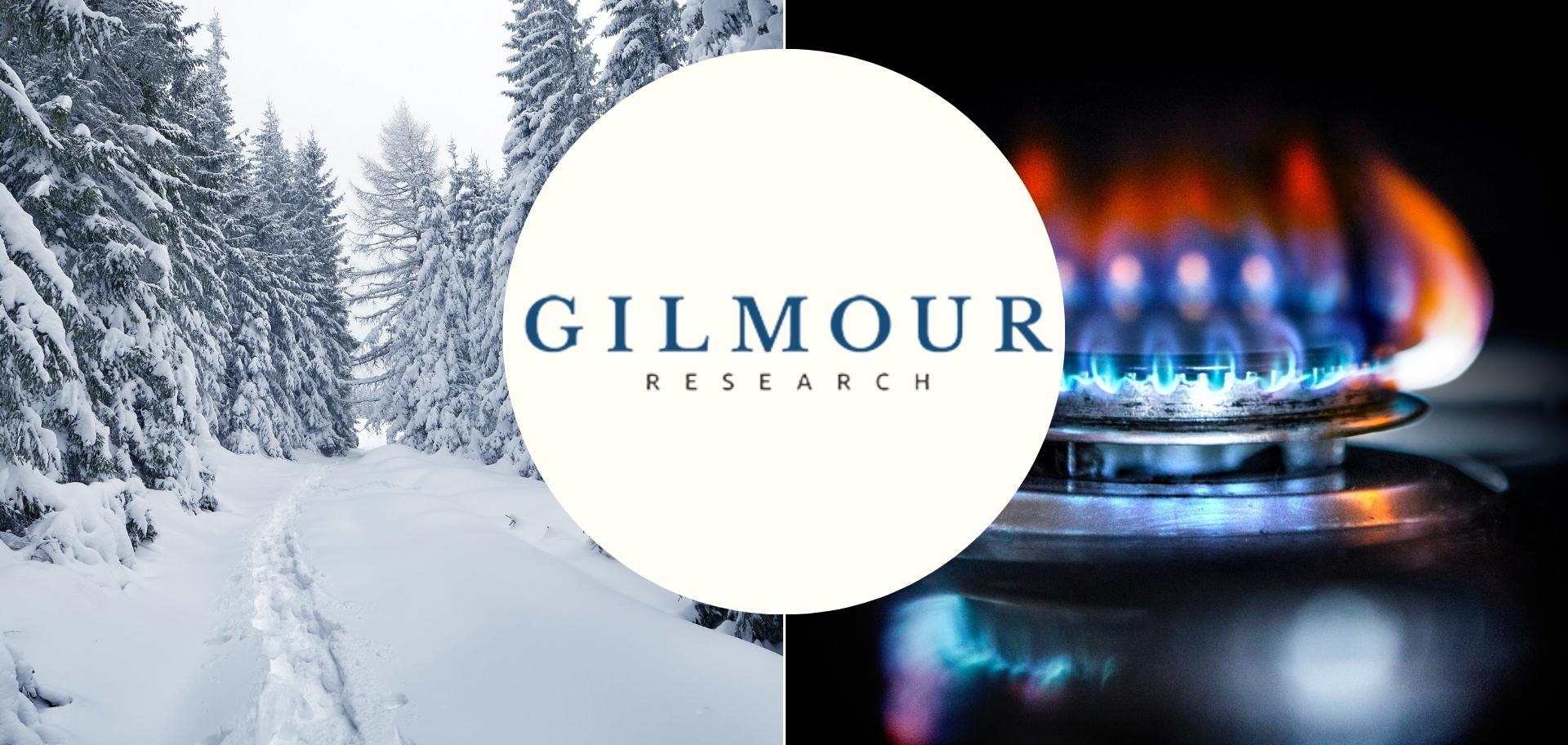The clocks went back in Britain and in parts of Europe last weekend, signalling that the northern hemisphere is well and truly getting hunkered down for a few months of increasingly dark and cold weather. The cost of living is about to get worse, as Chris Gilmour explores.
This year will likely be especially grim for most Europeans and Brits, with the possibility of rotational power cuts due to inadequate supplies of cheap Russian gas. The cost of living crisis makes the headlines regularly in the mainstream media but most people are still blissfully unaware of what is about to hit them.
At a very high level, short-term interest rates in the US look like they will keep on rising until they hit 5% next year. Following the 75 basis points hike of November 2, the US Fed Funds rate is now at 4%. US Fed chairman Jerome Powell hinted that the next rise might only be 50 basis points.
Inflation isn’t disappearing yet
Inflation in virtually all parts of the world (apart from South Africa, ironically) seems to be getting worse and in a number of countries such as the UK, second-round effects appear to have taken hold, which makes the job of reducing inflation that much harder.
China isn’t helping either. At the recent Communist Party Congress in Beijing, nobody was left under any illusions that Xi Jinping is the supreme leader, desperately attempting to emulate the founder of the People’s Republic, Mao Zhe-Dong.
China watchers tried very hard to look for positives coming out of the congress but the bottom line is that Xi has cemented his grip on power in a way no other Chinese leader has done in over half-a-century and no dissent will be tolerated.
Many observers genuinely expected to see Covid-19 restrictions being relaxed but that didn’t happen.
Chinese vaccines manifestly don’t work against the coronavirus’s latest variant of Omicron and the Communist Party is not prepared to use western mRNA vaccines that would perhaps be much more effective. China seems destined to stumble along for many more months yet, going from lockdown to lockdown, ensuring that disrupted supply chains remain that way.
And in the meantime, Xi and his cohorts continue to crackdown on the Chinese tech sector to ensure that it never poses a threat to the CCP’s authority.
As China becomes less of a force on the globalization front and the US brings back a lot more of its own manufacturing capability, expect inflation to remain higher than it might otherwise have been.
What is happening in the gold market?
Meanwhile, something rather strange is happening in the physical gold market. Although gold ETFs long ago eclipsed the need to hold physical gold for most investors’ purposes, it is still held by central banks and by fabricators.
According to the World Gold Council (WGC), central banks bought a record 399 tonnes of the yellow metal in Q3 this year, even as demand for gold ETFs shrank.
The lower price caused by ETF offloading resulted in a huge increase in demand for gold, up 28% from a year earlier to 1,181 tonnes in Q3. That in itself is only of moderate interest; what is far more interesting is the fact that year-to-date purchases of gold by central banks was 673 tonnes, more than the total purchases in any full year since 1967.
Among large buyers mentioned by the WGC were the central banks of Turkey, Uzbekistan, Qatar and India, but a substantial amount of gold was also bought by central banks that did not publicly disclose their purchases. The WGC did not give any details on which countries these might be, but banks that do not regularly publish information about their gold stockpiles include those of China and Russia.
Russia and China have long mooted the idea of a gold-backed currency that would compete with the US dollar in terms of a reserve currency or monetary standard.
Winter is coming
Talking of Russia, the first snow fell in Moscow last week. It won’t be too long before the war in Ukraine takes on a very different, winter type of hue. The ground will become significantly harder but that’s not the big factor here. Russia will carry on using terror tactics to demoralise the country’s population, by successively degrading infrastructure. On the other hand, the Ukrainian army will be significantly better equipped than the Russian troops to withstand the tough Ukrainian winter, thanks to supplies from the US and other Nato countries.
In many ways, this winter is probably going to be Vladimir Putin’s last big gamble. He will throw everything he has at a scorched earth strategy of wearing down the Ukrainian resolve while at the same time hoping the resolve of the European Union nations will also crumble. Already that gambit is failing, with the recent revelation that natural gas prices have been tumbling as European gas storage plants become full.
All other things being equal, Europe should be in a far better position to withstand the loss of cheap Russian gas than was originally thought. However, any sustained cold snaps during winter could change that for the worse.
So as we start the final countdown to the end of 2022, we can look back on a year and think about what might have been…what should have been, without the totally unnecessary invasion of Ukraine. And we can start thinking about what 2023 may be like. As things currently stand, it doesn’t seem like it’s going to get much better any time soon, although both inflation and interest rates may well peak early next year.
Market speculators will doubtless grasp onto even the tiniest piece of perceived good news in order to send out buy signals. And there may well be opportunities both locally and in offshore markets in the wake of the selloff that occurred in the past few months.
But as always, stick with the motto of caveat emptor.



